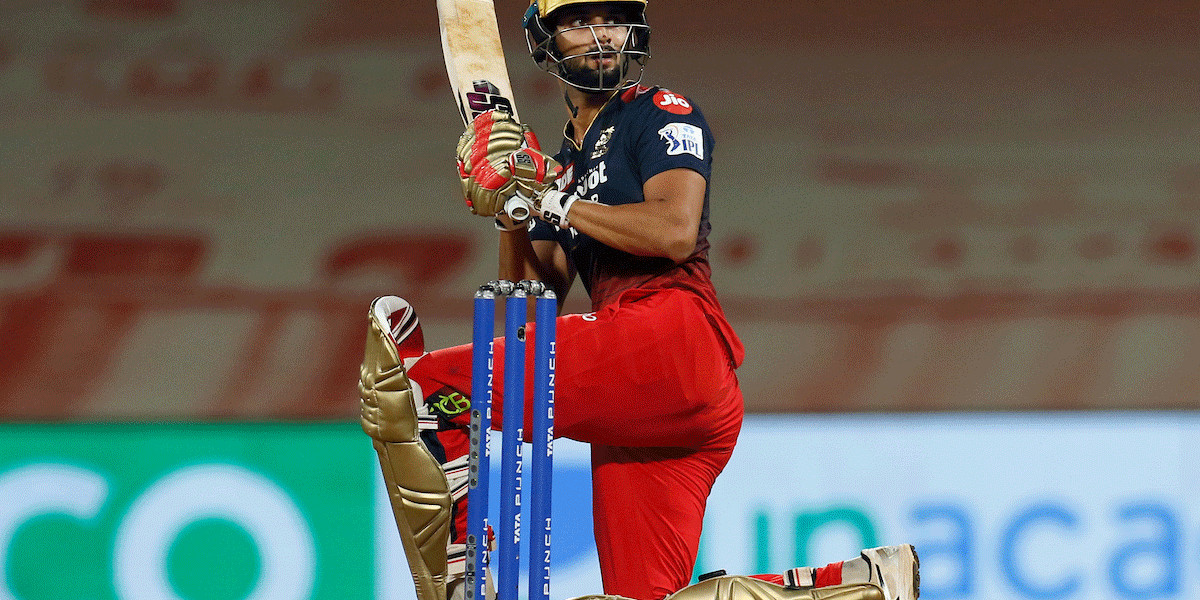Introduction
Ceramic tiles are a significant part of the construction and real estate industry, being widely used for flooring, wall covering, and decorative purposes. They are highly valued for their durability, resistance to moisture, ease of maintenance, and aesthetic appeal. A Ceramic Tiles Manufacturing Plant Project Report provides in-depth insight into establishing a ceramic tile production facility, covering the processes involved, required machinery, financial projections, and market potential. This report serves as a comprehensive guide for entrepreneurs, investors, or business owners looking to enter the ceramic tile manufacturing industry.
Market Overview
The demand for ceramic tiles has been growing globally due to the booming construction industry, rising disposable incomes, and increasing urbanization. Asia-Pacific, led by China and India, dominates the ceramic tile market, but there is substantial growth in the Middle East, Africa, and Latin America as well. The versatile nature of ceramic tiles makes them popular for both residential and commercial applications. The market is segmented into floor tiles, wall tiles, and vitrified tiles, with a growing preference for eco-friendly and digitally printed tiles.
Manufacturing Process
The ceramic tile manufacturing process is complex and involves multiple steps to ensure the final product is durable and of high quality. Below is an outline of the major stages in tile production:
Raw Material Preparation: The main ingredients for ceramic tile production are clay, feldspar, silica, and other additives. These materials are mixed in the right proportions and ground into fine particles.
Forming: The mixed materials are then formed into tile shapes using a hydraulic press. At this stage, tiles can also be molded into different sizes and textures, depending on market demand.
Drying: The pressed tiles are dried to remove excess moisture. Proper drying ensures that the tiles do not crack or deform during firing.
Glazing: A layer of glaze is applied to the surface of the tiles to give them a shiny appearance and improve their water resistance. Digital printing can also be done at this stage for decorative purposes.
Firing: The glazed tiles are then fired in a kiln at high temperatures, usually between 1000°C and 1250°C. Firing gives the tiles their final hardness and durability.
Sorting and Packing: After cooling, the tiles are inspected for quality, sorted based on size and finish, and packed for distribution.
Get a Free Sample Report with Table of Contents @
Machinery and Equipment
To set up a ceramic tiles manufacturing plant, several pieces of specialized equipment are required. The key machinery includes:
- Ball Mill: For grinding raw materials into fine particles.
- Hydraulic Press: For pressing the powdered material into tile shapes.
- Kilns: For firing the tiles at high temperatures.
- Glazing Line: For applying glaze to the tiles.
- Digital Printers: For adding designs to the surface of tiles.
- Sorting and Packaging Machines: For sorting the finished tiles and preparing them for shipment.
Financial Aspects
Capital Investment
Setting up a ceramic tile manufacturing plant requires a substantial initial investment. Key cost components include:
- Land and Infrastructure: The plant needs to be established in an industrial zone with enough space for machinery, storage, and production facilities.
- Machinery and Equipment: Procuring modern, efficient machinery is crucial to maintaining quality and meeting production targets.
- Labor and Overhead: Skilled labor is essential for operating the machinery and managing the production line.
- Raw Materials: Sourcing quality raw materials is crucial for producing durable tiles.
Operating Costs
Operational expenses include costs for raw materials, utilities (electricity, water, gas), maintenance of machinery, labor wages, and transportation. These are recurring expenses that need to be managed to ensure profitability.
Revenue Streams
Revenue is generated through the sale of ceramic tiles. With the market for tiles expanding, the plant can serve residential, commercial, and industrial sectors. Additionally, niche products like digitally printed tiles, eco-friendly tiles, or high-end designer tiles can command premium pricing.
Profitability
Profit margins in the ceramic tile industry can be high if production is streamlined and marketing efforts are robust. The return on investment (ROI) for a well-run plant is generally attractive, especially in regions with high demand for construction materials.
Regulatory Requirements
Setting up a ceramic tile manufacturing plant requires adherence to various local and international regulations, including:
- Environmental Compliance: Plants must ensure that emissions and waste disposal processes meet environmental standards. The production process, especially the firing stage, can produce significant emissions.
- Health and Safety Regulations: Ensuring that the plant operates safely is vital, given the use of high-temperature kilns and heavy machinery.
- Quality Standards: The plant must meet industry standards for the strength, durability, and safety of ceramic tiles.
Project Feasibility and Risks
While the ceramic tile industry is lucrative, it is important to assess project feasibility. Factors like proximity to raw material sources, availability of skilled labor, and access to transportation networks are crucial for success. Additionally, fluctuations in raw material prices and energy costs can impact profitability. Market trends, such as consumer preferences for eco-friendly products or new design trends, should also be taken into account.
FAQ
1. What are the raw materials used in ceramic tile manufacturing?
The primary raw materials include clay, silica, feldspar, and other additives. These materials are mixed and processed to create durable ceramic tiles.
2. How much does it cost to set up a ceramic tiles manufacturing plant?
The cost depends on the plant's scale, location, and equipment. However, initial capital investment can range from several hundred thousand to millions of dollars.
3. What types of ceramic tiles are produced?
The common types include floor tiles, wall tiles, vitrified tiles, and digitally printed tiles. The plant can be set up to produce any or all of these types, depending on market demand.
4. Is ceramic tile production environmentally friendly?
Ceramic tile production can have environmental impacts due to emissions and energy consumption. However, modern manufacturing plants often incorporate eco-friendly practices, such as energy-efficient kilns and waste recycling.
5. How profitable is the ceramic tile manufacturing business?
The ceramic tile industry is highly profitable, especially with growing construction demands. Profitability depends on operational efficiency, quality control, and market trends.
6. What are the key challenges in ceramic tile manufacturing?
Challenges include fluctuating raw material and energy prices, managing production costs, and adhering to environmental regulations.
Related Reports
https://www.expertmarketresearch.com/reports/north-america-confectionery-market
https://www.expertmarketresearch.com/reports/astaxanthin-market
https://www.expertmarketresearch.com/reports/weapon-night-sight-market/market-size
Media Contact:
Company Name: Claight Corporation
Contact Person: Lewis Fernandas, Corporate Sales Specialist — U.S.A.
Email: sales@expertmarketresearch.com
Toll Free Number: +1–415–325–5166 | +44–702–402–5790
Address: 30 North Gould Street, Sheridan, WY 82801, USA
Website: www.expertmarketresearch.com
Aus Site: https://www.expertmarketresearch.com.au








